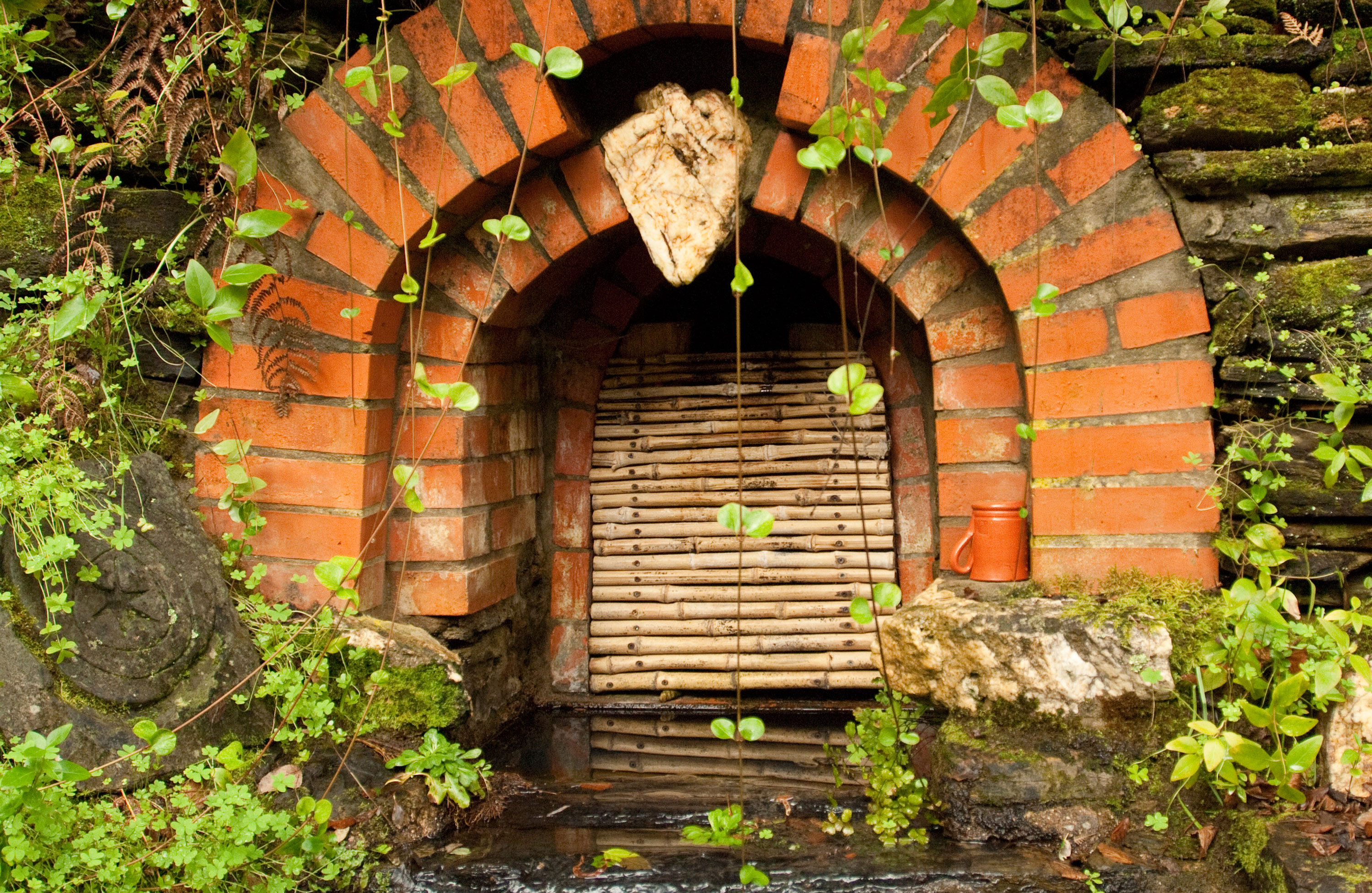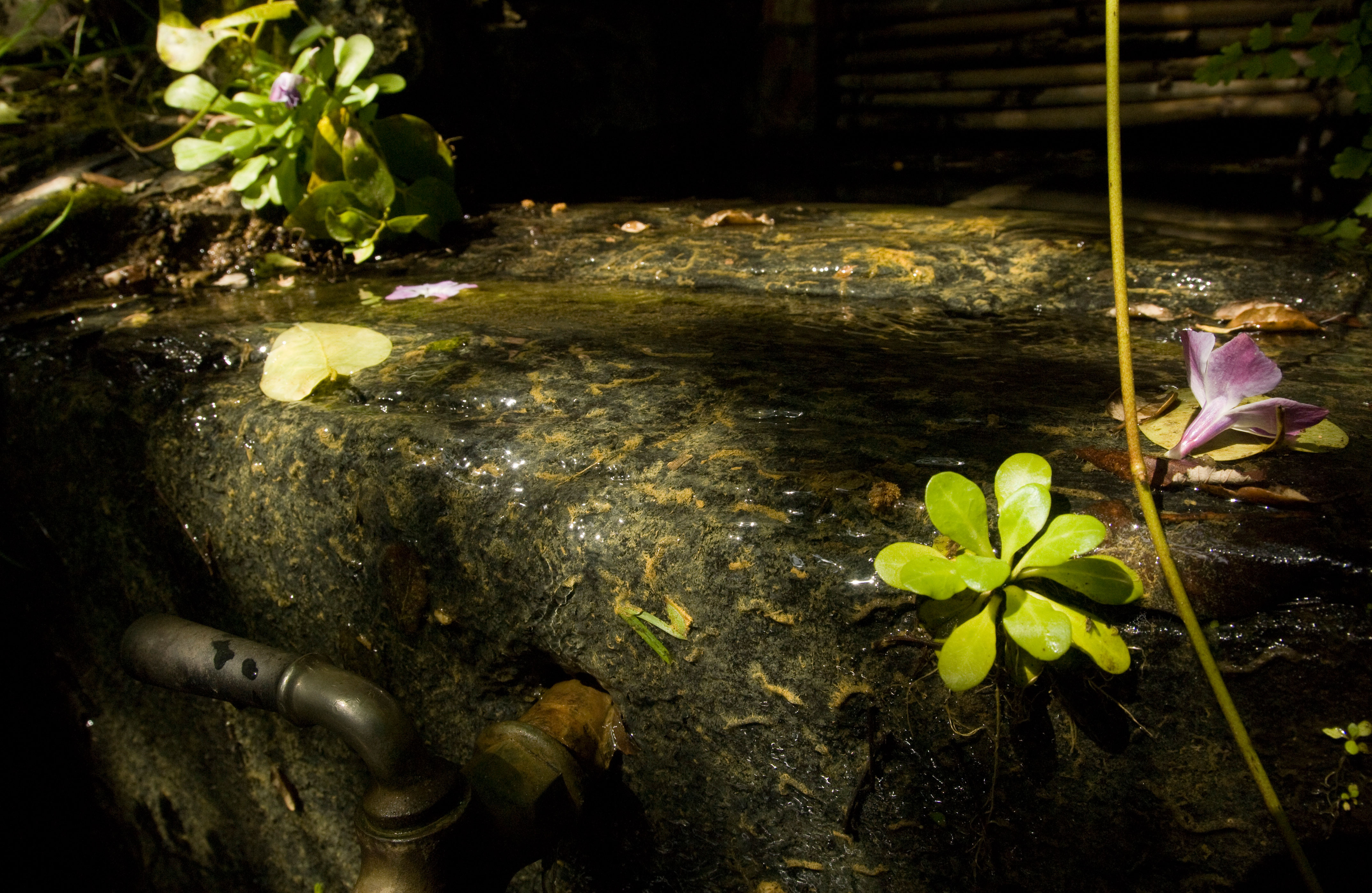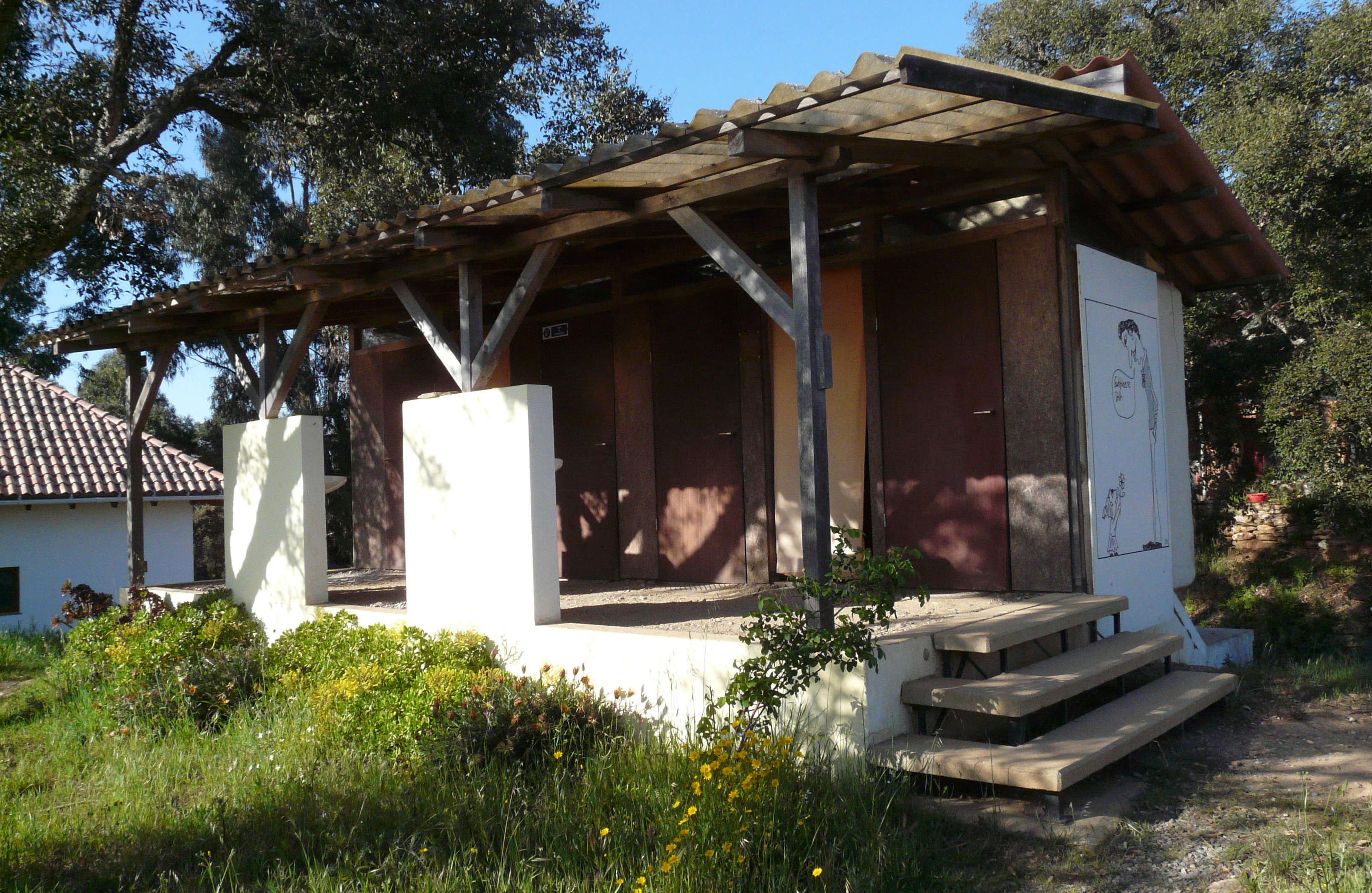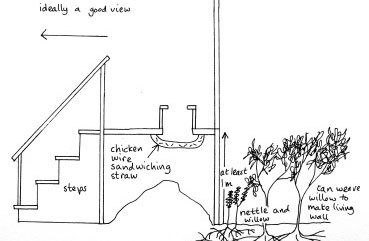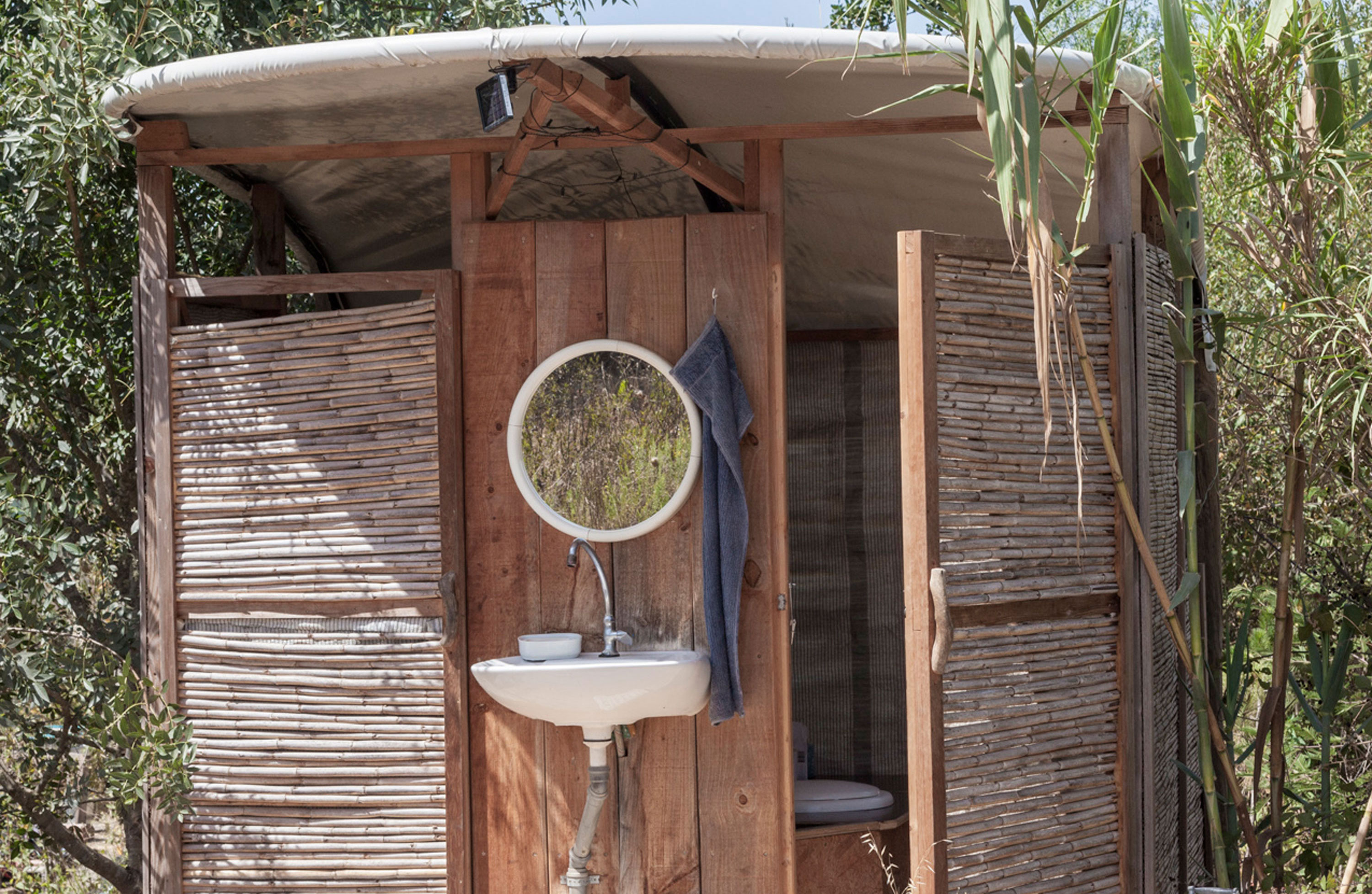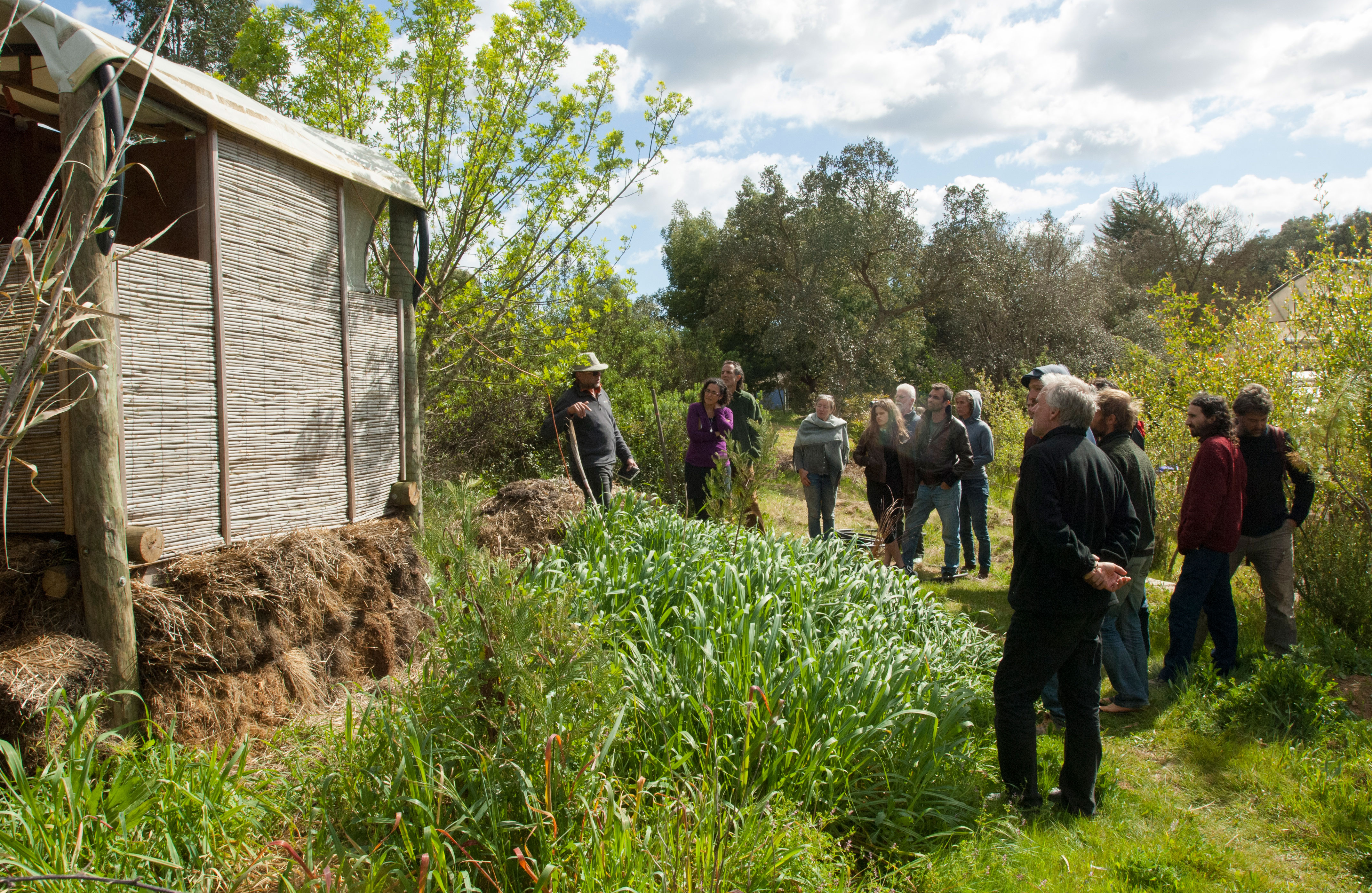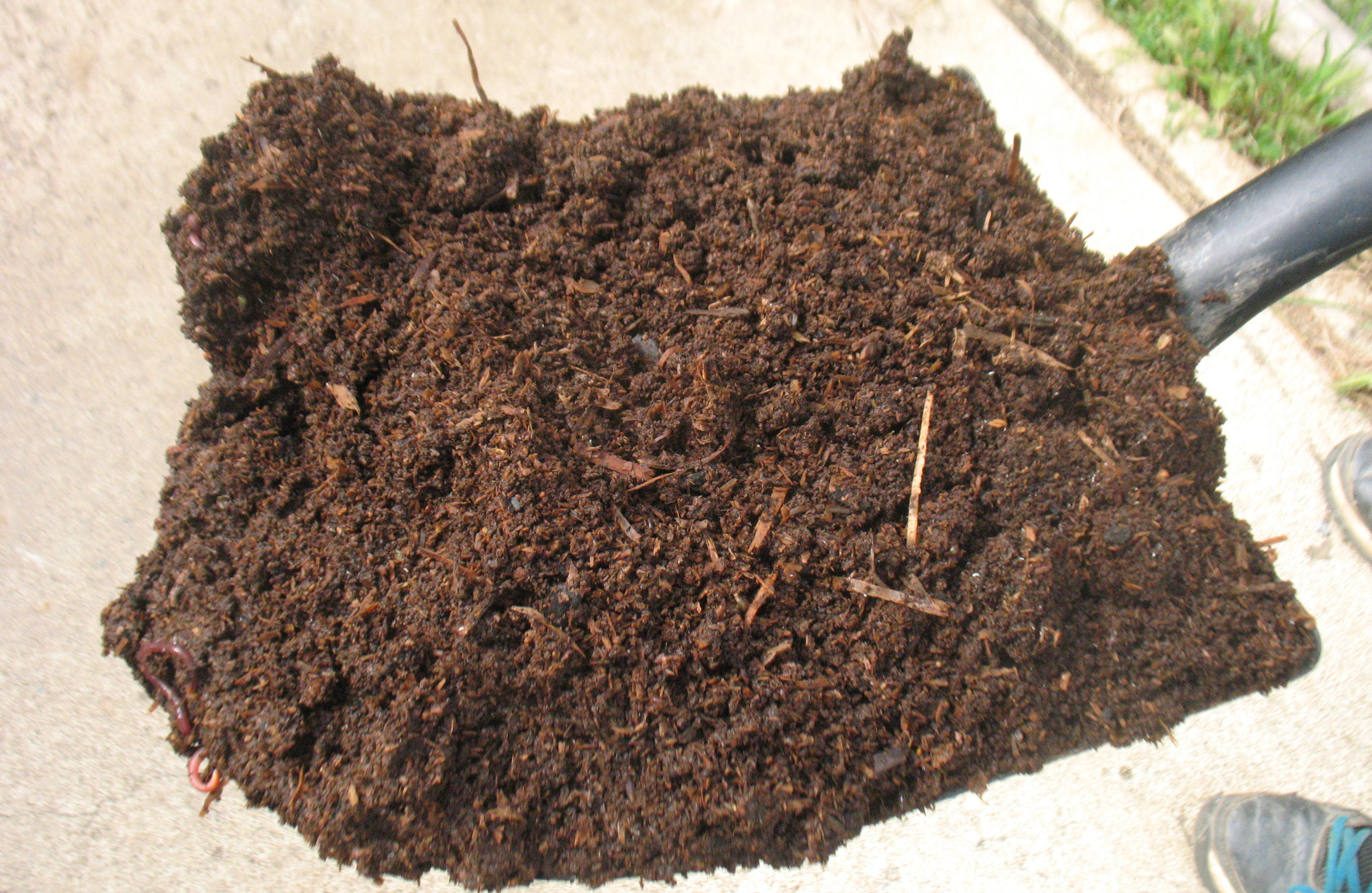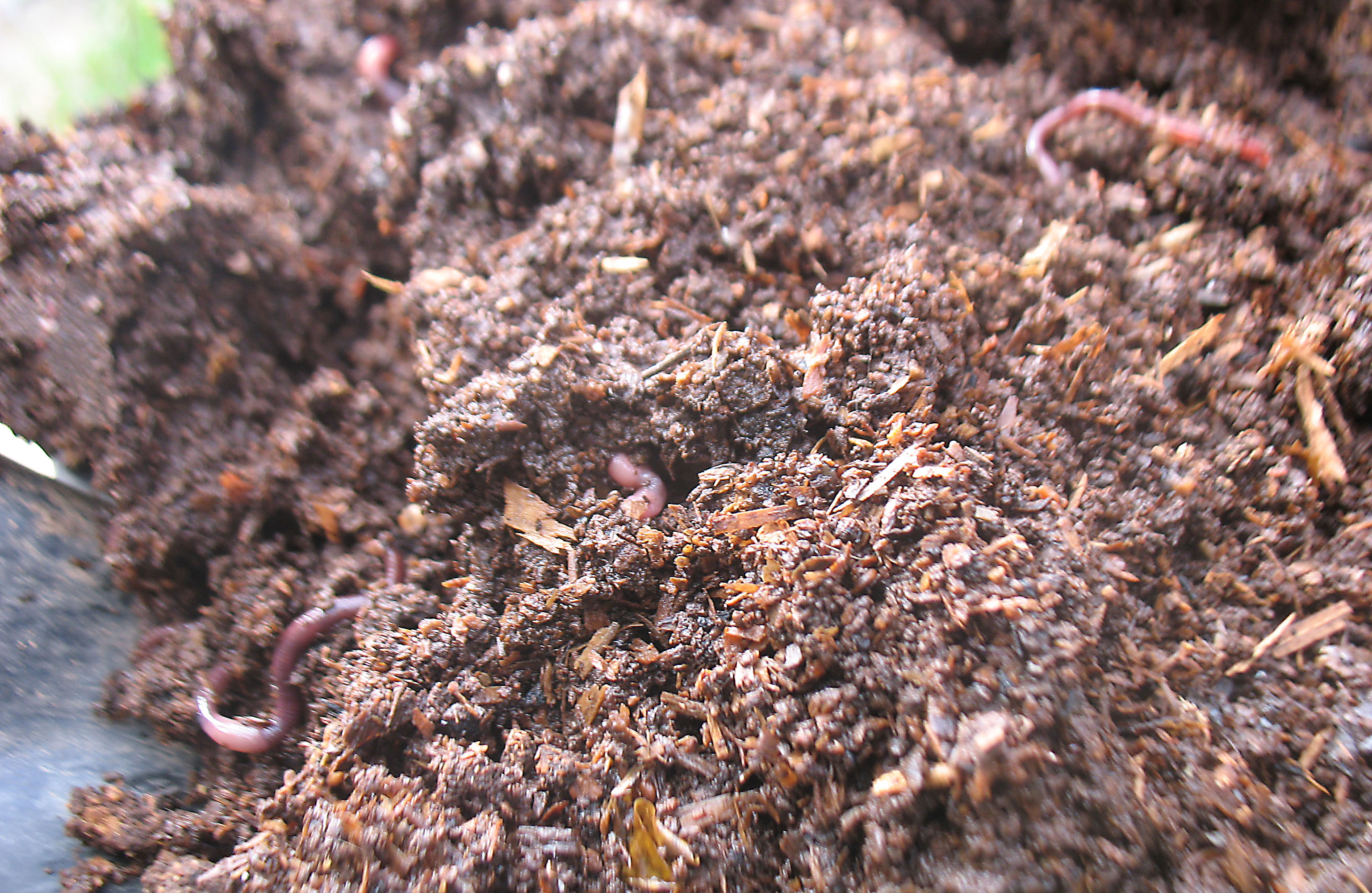Water, Sanitation & Hygiene
As these areas strongly overlap, we jointly work on water, sanitation and hygiene. Addressing the deficiencies in each area in a holistic way can achieve a strong positive impact. By creating the Water Retention Landscape, we’ve been able to become regenerative in our water supply. We can provide water for irrigation needs, service and drinking without being connected to the water grid. By using compost toilets we consume far less water than a normal human settlement and avoid producing black water. Gray water from kitchens, showers and laundry is naturally cleaned by plants in our constructed wetlands.
Water Supply
Decentralized water autonomy is a natural side effect of ecosystem restoration. Nature supplies us abundantly with what we need when we heal the damage we’ve imposed on her.
By applying different rainwater retention measures on our land we could reduce the runoff of rainwater. Since the rainwater began to infiltrate the ground, our water situation has stabilized. Our aquifers are recharged during the rainy season and guarantee water access even during the dry summer season. We no longer need to extract water from profound water layers using deep boreholes, as we did in earlier years. The larger retention spaces offer access to irrigation water. Service and tap water are extracted from a shallow well next to one of the retention spaces. Fresh drinking water is available from our drinking water spring.
In the future, we want to create a ring duct system as a new model for water supply in villages and communities – ensuring water is moving constantly and naturally according to its innate motion patterns rather than moving it through pressure.
We now can buffer droughts and heavy rains through our Water Retention Landscape.
We also focus more on the regional development of Water Retention Landscapes to assure water autonomy for our neighbor communities in the long run.
Wastewater Management
As we’re using dry compost toilets, we’ve experimented with and further developed various models of compost toilets successfully. In the newest generation of odor-free devices, bacteria and worms transform our feces into fertile soil while we don’t produce any black water.
Our gray water is treated in several constructed wetlands and three chamber sewage treatment plants attached to our communitarian bathrooms and kitchens. Constructed wetlands are living biotopes inhabited by specific plant species that break up and compost pollutants and in the end, feed clean water back into our aquifer.
In addition, we’re cooperating with Jay Abrahams, a British microbiologist and permaculture designer. His Wetland Ecosystem Treatment or WET System comprises specially designed and constructed earth banks and ponds, using as few as possible artificial or non-local materials.
As Jay says, “Sewage and slurries need not be awkward pollutants – they can be fantastic resources. Waste such as sewage and washdown water can be looked upon either as a problem or as a valuable resource. The former point of view is the current. The latter perspective leads to the design of a system which takes the waste as an unused resource and converts it into useful, valuable, or at least non-polluting products.”
In Pictures
